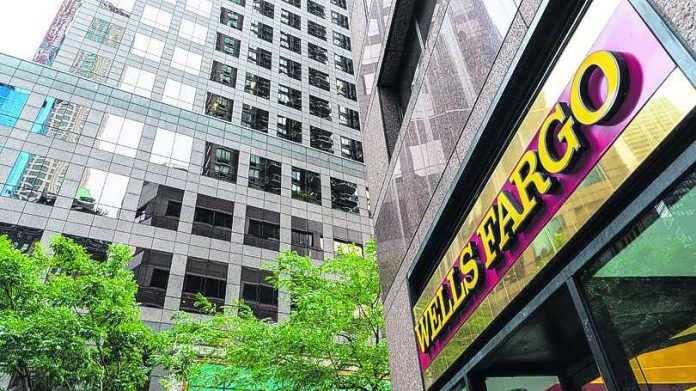By MARGARETTE BURNETTE of NerdWallet
Whether out of choice or necessity, many people spent less money in the last year and a half on things like entertainment, clothes and furniture. For some, that meant holding on to more of their income. If you were able to save some cash, you’ve set yourself up to withstand future financial crises, especially if you can continue saving.
Keep growing your bank balance with these four pandemic-driven saving habits.
1. REEVALUATE SPENDING
Consider whether some of the purchases you may have gone months without are necessary going forward. Or rethink how often you want to make them compared to before. For example, if you started to work from home, you might have saved money by making your lunch instead of eating out. If you return to the office, you could continue saving by bringing lunch from home at least a few times a week.
“Since we were all stuck at home, I didn’t have many opportunities to go shopping or dine out. So I saved the money,” says Vida DeOliver, a jewelry designer and owner of Vidart & Life Boutique, an online store based in Union, New Jersey. “I saved more during the pandemic than I had prior.”
DeOliver says these days, she has more in-person spending opportunities, but she’s keeping the saving habit. “When I go shopping, I ask myself if a purchase is really necessary, or if I could hold on to the money and save it for something I’d really like later,” she says.
2. DELAY BIG-TICKET PURCHASES
Make yourself wait before committing to expensive purchases. At the beginning of the pandemic, out-of-stock inventory and supply challenges meant that some people didn’t have a choice about waiting before ordering big-ticket items such as kitchen appliances, furniture and electronics. But learning to wait before spending money can be a smart choice anytime, helping you avoid the kind of impulse that can upend savings plans.
“I always try to delay purchases for a few days to see if I really want something before I buy, but the pandemic shortages really helped me figure out what I needed and what could wait,” says Eric Chow, a podcaster and public relations professional in Union City, California . Today, he makes a point of waiting a few days before pressing the “buy” button on items large and small, from electronics to wallets. And then? “If I really want it, I’ll know it’s worth the wait, and if I don’t, I can forget about it and move on,” he says.
3. KEEP SAVING EASY WITH AUTOMATION
If you were able to save during the early part of the pandemic, one reason may be that it didn’t require much effort. You stayed home. Voila — savings. You can keep saving a low-effort endeavor by using automatic transfers to move money into a savings account at regular intervals.
“Set up an automatic transfer so your savings funnels to a separate account each pay period. This way, your savings is the automatic priority. And it gets you accustomed to relying only on the remaining amount,” says Regan Ervin , an investment advisor and founder of Capital E Advisors in Leawood, Kansas.
4. SET CLEAR EMERGENCY SAVINGS GOALS
The pandemic turned emergency savings from a hypothetical nice-to-have into a must-have. If you haven’t already, take a moment to seriously evaluate your essential expenses and set a clear emergency fund goal. Make it a habit to review your essential expenses regularly to see if you need to adjust your savings target.
A common guideline is to have three to six months’ worth of expenses saved for emergencies. If that seems daunting, start with a smaller goal — say, $500. Chip away at that goal as best you can, even if it’s in $5 increments.
YOU CAN GROW YOUR MONEY IN A HIGH-YIELD SAVINGS ACCOUNT
You can grow your money with no extra effort if you put it in a high-yield savings account. The annual percentage yield on these accounts can be more than eight times higher than the national average of just 0.06% for savings accounts. At the low national rate, a deposit of $10,000 earns just $6 in interest a fter one year. But in a high-yield savings account that has a 0.50% APY rate, a deposit of $10,000 would grow by more than $50 in the same time period.
If you are fortunate enough to save money, adopting these habits can help you hold on to your funds and save even more, preparing you for whatever the future holds.




















